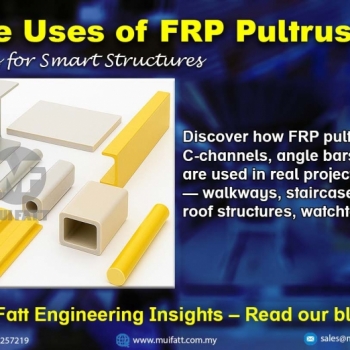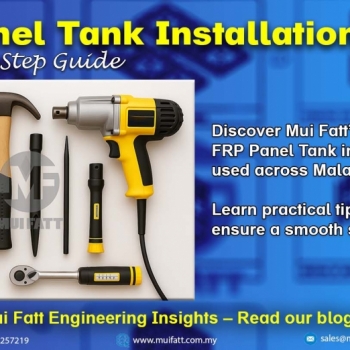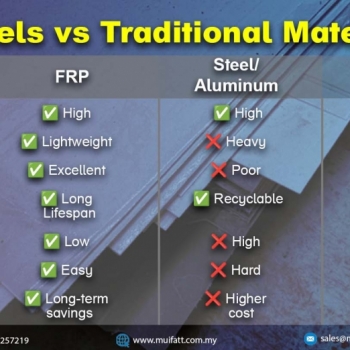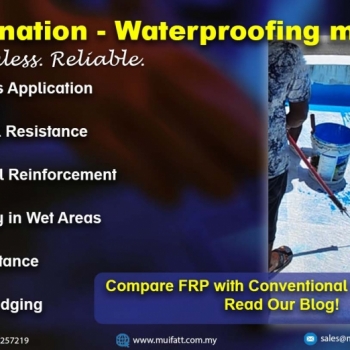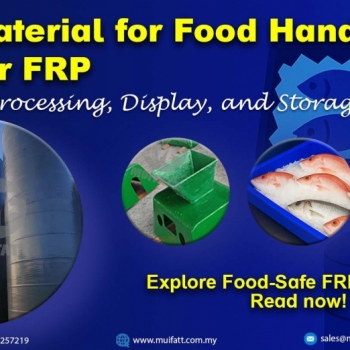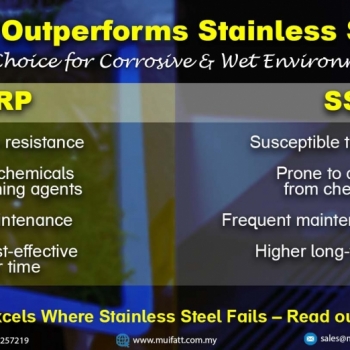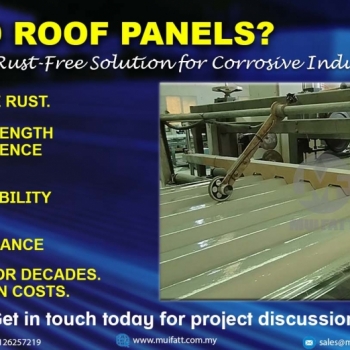FRP pultruded profiles are reshaping structural possibilities across Malaysia. From STP staircases to public park shelters, explore how these modular components enable custom FRP solutions—only from Mui Fatt.
How FRP Supports Modern Data Center Infrastructure
21 May 2025
- Key Takeaways
- Why FRP is Relevant to Data Center Construction
- Key FRP Applications in Data Centers
- Common Materials Used & Comparison Table
- Why FRP is the Ideal Choice
- Relevant Mui Fatt FRP Products for Data Centers
- Frequently Asked Questions (FAQs)
Key Takeaways
-
FRP offers excellent corrosion resistance, making it ideal for rooftop and cooling applications.
-
Lightweight FRP gratings reduce structural loads and are easy to install.
-
FRP sectional tanks are durable, low-maintenance, and suitable for cooling systems.
-
FRP provides a longer lifespan and better performance in data center environments than traditional materials like steel or concrete.
With Malaysia becoming a digital hub in Southeast Asia, more high-performance data centers are being constructed nationwide. This demand brings challenges related to safety, efficiency, and material durability, especially in mission-critical infrastructure like cooling systems and rooftop maintenance platforms. One material is quickly becoming a favorite among data center builders: FRP (Fiberglass-Reinforced Plastic).
Why FRP is Relevant to Data Center Construction
FRP is increasingly favored in the data center sector because of:
-
Corrosion resistance to humidity and harsh chemicals
-
Non-conductive and fire-retardant properties
-
Lightweight yet strong, making rooftop applications feasible
-
Fast installation without welding or curing
-
Design versatility, ideal for custom-shaped platforms and tanks
Key FRP Applications in Data Centers
FRP Sectional Panel Tank for Cooling Systems
Data centers require constant and efficient cooling. FRP panel tanks are suitable due to:
-
Hygienic water storage
-
Modular design for tight spaces
-
UV-resistant and corrosion-free
Explore: FRP Sectional Panel Tank for Data Centers
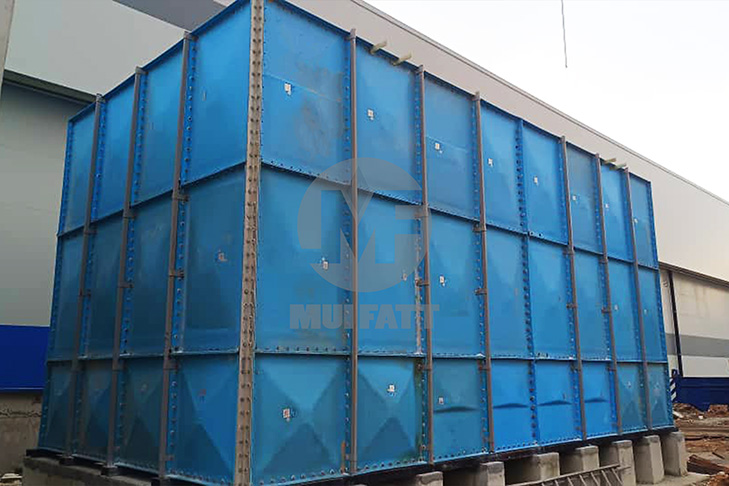
FRP Grating Service Platform for Rooftop Chillers
Maintenance of rooftop chillers demands a non-slip, durable platform:
-
FRP gratings are lighter than steel and won’t rust
-
Fast installation without roof penetration
-
OSHA-compliant safety walkways

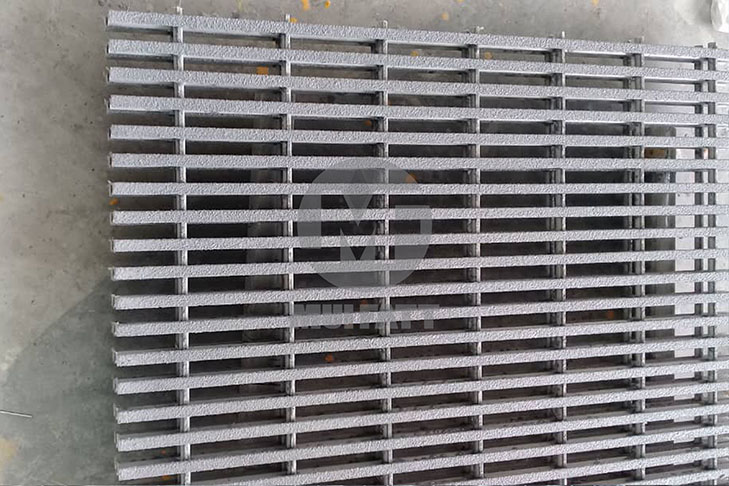
FRP Structural - Cable Trays, Cable Ladders, Caged Ladders
Beyond walkways and tanks, structural FRP systems like cable trays, ladders, and access equipment are critical in ensuring safety, performance, and durability within data center environments, especially where space is vertical or electrically sensitive.
-
-
Non-conductive and corrosion-resistant
-
Ideal for high-voltage zones and humid environments
-
Lightweight for suspended ceiling installations
-
Long lifespan without galvanic reactions
-
-
-
Supports structured routing for large-diameter data and power cables
-
Withstands mechanical loading without sagging
-
Fire-retardant options available for critical server halls
-
-
-
Offers rooftop or mezzanine access with full-body safety cages
-
Weatherproof and rust-free in outdoor environments
-
Fastened using anchor bolts or bracketing—no welding required
-
Custom height and cage diameter based on project needs
-
Mui Fatt also provides custom FRP ladders fabricated with safety hoops, base brackets, and UV-stable coatings, suitable for rooftop access, internal plant mezzanines, or wall-mount configurations.
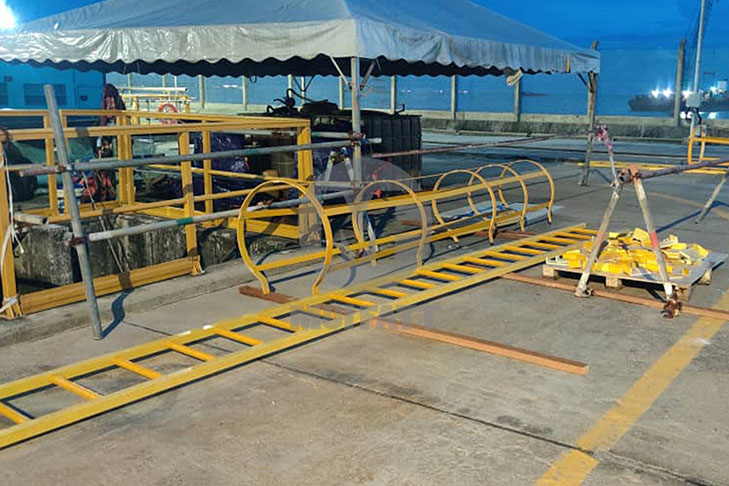
Explore our project reference for FRP Fixed Ladder - FRP Caged Ladders used at Edra Melaka Power Plant
Common Materials in Data Center Construction: Pros & Cons
| Material | Pros | Cons |
|---|---|---|
| FRP | Lightweight, corrosion-resistant, non-conductive | Higher upfront cost than steel |
| Steel | Strong, easily available | Prone to corrosion, heavy, and needs regular maintenance |
| Concrete | Inexpensive, good for heavy-duty structures | Heavy, brittle under vibration, poor for rooftops |
| Aluminum | Lightweight, rust-resistant | Softer metal, lower load-bearing |
| Plastic (HDPE) | Lightweight and cost-effective | Limited structural strength, UV degradation possible |
Why FRP Stands Out: Combines the structural strength of metal with the corrosion resistance of plastic, without conductivity or weight issues.
Why FRP is Widely Adopted in Modern Data Centers
Global construction trends point to increased use of prefabricated, modular materials. FRP fits perfectly into this approach:
-
Compatible with urban rooftop design
-
Promotes sustainability with long service life
-
Enables modular upgrades with minimal downtime
-
Proven use in U.S. and EU urban data center retrofits (source: Fibergrate Data Center Use Case)
Relevant Mui Fatt FRP Products for Data Centers
We recommend the following for data center projects:
-
FRP Sectional Panel Tanks – Modular, corrosion-resistant water storage
-
FRP Molded & Pultruded Gratings – Non-slip service platforms for rooftop chillers, walkways
-
Custom FRP Fabrication – Covers, drainage trenches, access platforms
-
FRP Caged Ladders – Safe rooftop access, non-corrosive
-
FRP Cable Trays and Ladders - Durable, Non-Conductive Routing and Support Systems
Contact us on WhatsApp or email us at sales@muifatt.com.my to discuss your requirements.
Frequently Asked Questions (FAQs)
Is FRP suitable for all types of data centers?
Yes. FRP can be applied in edge data centers, hyperscale facilities, and colocation sites—especially in rooftop, flooring, or water system areas.
Is FRP grating suitable for use as a service platform that supports human loads?
FRP grating can be designed for high-load capacity when using the correct pultrusion profile and span recommendations.
What certifications do your FRP tanks and gratings have?
Our FRP tanks and gratings are SIRIM-certified and listed under IKRAM SBBT, ensuring quality compliance for industrial use.
How long does FRP last in outdoor or rooftop settings?
Properly manufactured and installed FRP can last for decades, with little maintenance required.
How does FRP compare to steel in terms of cost?
While the initial cost of FRP is higher, the lifecycle cost is lower due to minimal maintenance, corrosion resistance, and extended durability.
#FRPfordatacenter #FRPcoolingtank #FRProoftopplatform #Malaysiadatacenterinfrastructure #FRPservicegrating #frpplatform #frpwatertank
Disclaimer:-
The content on this site is for general information and entertainment purposes and does not constitute legal counsel. We strive to keep our information as accurate as possible. However, we make no warranties about the completeness, accuracy, reliability, suitability, or availability with respect to the information contained on this page. You should rely on this information at your own risk. This website may include links to other third-party sites. These links are provided as a convenience to you as a reader, user, or browser only. We make no representation, warranty, or guarantee, nor do we endorse or take responsibility for any of the content of such sites.
Stay in touch with us if you’re interested in hearing from us promptly.
- Website - https://www.muifatt.com.my/home/
- Facebook - https://www.facebook.com/muifattmarketing
- Instagram - https://www.instagram.com/muifattmarketing/
- Google - https://goo.gl/maps/WxVY13gNcaRTS7Jp6
- Youtube - http://www.youtube.com/@MuiFattMarketing
- TikTok - https://www.tiktok.com/@muifattmarketing
- LinkedIn - https://www.linkedin.com/company/mui-fatt-marketing-sdn-bhd-
- Linktree - https://linktr.ee/muifattmarketing
- Shopee - https://www.shopee.com.my/muifattmarketing
- Lazada - https://www.lazada.com.my/shop/mui-fatt-marketing
Recent Blog
Mui Fatt Engineering Insights - FRP Panel Tank Installation
Get to know the step-by-step assembly process of FRP sectional panel tanks, based on Mui Fatt’s industry-proven practices. This easy-to-digest guide is ideal for project managers, contractors, and technical personnel involved in water storage tank installation across Malaysia.
FRP Panels vs Traditional Alternatives: The Ultimate Guide to Durability and Sustainability
Explore why FRP (Fiberglass-Reinforced Plastic) panels outperform traditional materials like steel, plywood, and PVC in durability, sustainability, and cost-effectiveness. Discover real-world applications in MyKiosk projects and cold truck panel assembly, where FRP’s superior insulation, corrosion resistance, and lightweight properties deliver long-term benefits.
Comparing FRP Waterproofing with Traditional Systems
Is FRP lamination a better waterproofing method than traditional systems? Explore this complete guide with real project examples and see why FRP is gaining traction across Malaysia.
Benefits of FRP in Food Handling & Processing
With hygiene, durability, and corrosion resistance at its core, FRP (Fibreglass Reinforced Plastic) is becoming a preferred material in the food industry. This article explores why FRP is ideal for food handling equipment such as supermarket fish trays, water tanks, and food factory platforms, plus how Mui Fatt is delivering proven solutions through its successful FRP applications.
Mui Fatt Insights: Advanced Materials for Modern Needs
Is stainless steel the best for wet areas? This article explains why more industries are switching to FRP for its corrosion resistance, hygiene benefits, and longevity, especially in food displays and chemical exposure zones.
Understanding FRP Filament Winding: Process, Benefits & Comparison
This article explores the FRP filament winding manufacturing method, how it differs from other FRP techniques, why it’s still widely used, and its long-term value for projects like high-strength tanks and cylinders.
Rust Problems? Discover Why FRP Roofing Is the Superior Choice
Tired of dealing with rusted roof panels? Learn how FRP roofing offers a corrosion-free, custom-fit solution — and why it outperforms metal for industrial environments.
